
Roots
The textured strand, in all its coiled and kinky glory, holds within its very architecture a deep resonance of ancestry. For generations, stretching back across continents and centuries, the care of these remarkable tresses was not a fleeting trend or a commodified pursuit. It was, rather, a profound dialogue with the earth, a recognition of inherent beauty, and a diligent practice of preservation.
When we consider what traditional ingredients were used to moisturize Afro-textured hair, we are not merely listing botanicals; we are tracing the lineage of human ingenuity, observing how communities revered their crowns, understanding that a well-nourished coil was a symbol of health, status, and spirit. The substances drawn from the land – the rich fats, the verdant leaves, the mineral-laden clays – formed a living pharmacopeia, each element chosen with purpose, passed down through the gentle, knowing hands of mothers, aunties, and village elders.
This ancient wisdom recognized the singular requirements of hair that defies gravity and holds moisture differently. Unlike straighter hair types, Afro-textured strands, with their unique elliptical cross-section and numerous twists, possess a greater surface area. This characteristic, while contributing to their incredible volume and strength, also allows for faster moisture loss. The traditional care methodologies, therefore, centered around sealing hydration, a concept deeply ingrained in ancestral practices long before modern science articulated the lipid barrier.

Textured Hair’s Ancestral Architecture
Understanding how traditional moisturizers served textured hair begins with a gaze upon its foundational biology. The very structure of Afro-textured hair, its unique helical twists, presents natural points of raised cuticles. This microscopic topography, while contributing to its tensile strength and ability to form intricate styles, also creates pathways for moisture to escape.
Ancestral practitioners intuitively understood this, observing how arid climates and daily life could parch the hair. Their choice of ingredients aimed to cloak the strand, providing a protective barrier.
The cortex, the innermost part of the hair, requires a stable environment to maintain its integrity, and external moisture, when sealed effectively, assists in this. The traditional application of various butters and oils created an occlusive layer, slowing down trans-epidermal water loss from the hair shaft itself. This was a sophisticated, experiential understanding of hair science, honed over millennia.
The selection of traditional moisturizers was a testament to ancestral observation, recognizing the unique hydration needs of Afro-textured hair.

How Did Communities Classify Hair Needs?
While modern hair classification systems often use numbers and letters, ancestral communities, perhaps, operated on a more intuitive, yet equally precise, understanding of hair’s condition and requirements. Their classifications were rooted in observation of hair’s responsiveness to climate, its behavior during styling, and its overall vitality. A hair type that felt dry and brittle, for instance, would prompt the sustained application of heavy butters, while hair prone to excessive oil might receive lighter applications or washes with specific plant extracts. These nuanced understandings were part of a communal lexicon, a shared knowledge system that informed daily hair practices.
The terms used within these communities for different hair states or patterns were often deeply descriptive, drawing parallels to nature. A coil might be likened to a tightly wound vine, needing particular suppleness, while a looser wave could be compared to a flowing river, demanding different types of flow. This cultural nomenclature, far from being simplistic, often held a poetic precision that captured the living quality of hair.
| Traditional Observation Ashy Strands |
| Implied Hair State/Need Dry, lacking luster, prone to breakage |
| Modern Concept Connection Low moisture, high porosity, cuticle damage |
| Traditional Observation Resilient Coil |
| Implied Hair State/Need Strong, retains shape, absorbs product well |
| Modern Concept Connection Good elasticity, balanced porosity |
| Traditional Observation Tight Coil |
| Implied Hair State/Need Prone to shrinkage, can be difficult to detangle |
| Modern Concept Connection High curl density, unique coiling pattern |
| Traditional Observation Flowing Wave |
| Implied Hair State/Need Less prone to tangles, absorbs lighter oils |
| Modern Concept Connection Looser curl pattern, perhaps lower porosity |
| Traditional Observation Ancestral observations of hair behavior shaped the application of moisturizing traditions. |

Ritual
The act of applying moisturizers to Afro-textured hair was seldom a solitary or perfunctory task. It was, rather, a ritual, a tender exchange often taking place within the sacred space of family and community. These moments were charged with meaning, teaching self-care, imparting ancestral wisdom, and fostering bonds across generations.
The ingredients themselves – the butters, the oils, the plant extracts – became tools not only for physical conditioning but also for cultural expression and the strengthening of identity. Their very application was an exercise in nurturing, a daily affirmation of hair’s intrinsic value.
The preparation of these traditional concoctions was often a communal affair. Women would gather, shelling nuts for butter, extracting oils, and grinding herbs, sharing stories and songs as they worked. This collective effort imbued the ingredients with a communal spirit, making the resulting moisturizers more than mere substances; they were elixirs of shared heritage and continuity.
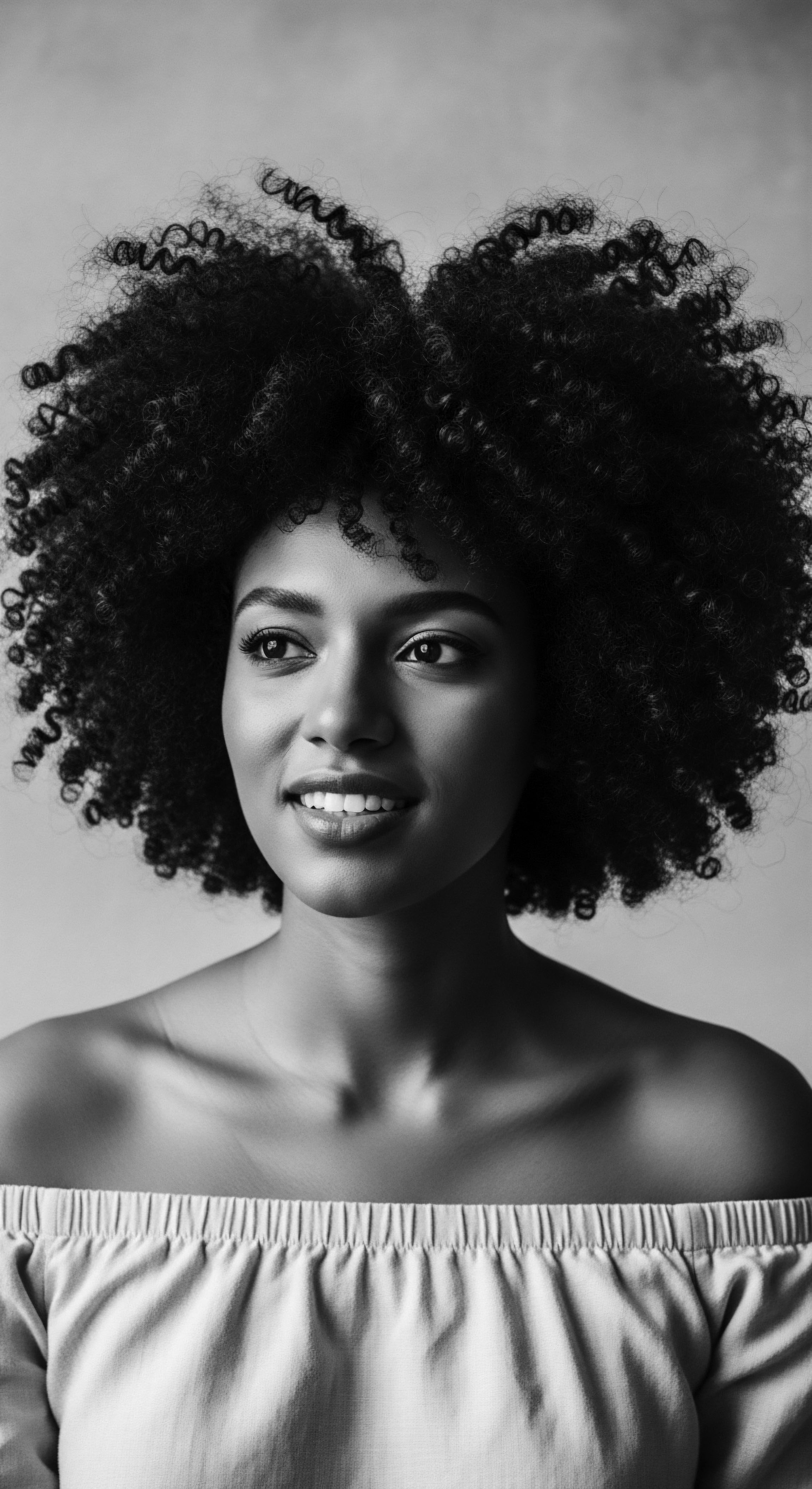
What Traditional Oils Provided Hair Nourishment?
Among the pantheon of ancestral moisturizers, plant-derived oils held a prominent place, each with its unique properties and regional significance. These oils were often cold-pressed, retaining their full spectrum of vitamins, fatty acids, and antioxidants. Their primary function was to seal the moisture that water or water-based infusions provided, creating a sustained barrier against dehydration.
- Shea Butter (Butyrospermum Parkii) ❉ Sourced from the nuts of the shea tree, native to West Africa, this rich, creamy butter was a cornerstone of hair care. Its emollient properties and high content of fatty acids (oleic, stearic) made it exceptional for sealing moisture, adding softness, and providing a protective coating. Generations of women across the Sahel, from Mali to Nigeria, have relied on its unparalleled ability to condition and safeguard hair from environmental stressors. Its long-standing economic and cultural importance in West African women’s societies highlights its role not just as an ingredient, but as a pillar of community well-being. (Abou-Chakra, 2017)
- Palm Kernel Oil (Elaeis Guineensis) ❉ Distinct from red palm oil, palm kernel oil is extracted from the kernel of the oil palm fruit. Prevalent in West and Central Africa, it is lighter than shea butter but equally potent in its moisturizing capabilities. Its composition, rich in lauric acid, allowed for penetration into the hair shaft, providing deep conditioning and lubrication, particularly useful for detangling and promoting elasticity. The Mende people of Sierra Leone, for instance, historically valued palm kernel oil not only for its dietary contributions but specifically for its profound benefits in hair moisturizing and conditioning, a practice often intertwined with societal rituals and personal adornment. (MacCormack, 1976)
- Coconut Oil (Cocos Nucifera) ❉ Widely used in coastal West Africa, the Caribbean, and parts of Asia and the Pacific, coconut oil is celebrated for its ability to penetrate the hair shaft, providing lubrication from within. Its lauric acid content binds to hair proteins, reducing protein loss during washing and improving overall hair strength and suppleness. For many island communities, the coconut tree itself was a ‘tree of life,’ and its oil, a precious commodity for both body and hair.
- Castor Oil (Ricinus Communis) ❉ Known for its thick consistency, castor oil, particularly the darker Jamaican Black Castor Oil (JBCO) which is roasted and boiled, has a long history of use in African and Caribbean communities. Its high ricinoleic acid content makes it incredibly potent for sealing moisture, strengthening hair, and promoting scalp health, contributing to an environment where hair could thrive and retain length.
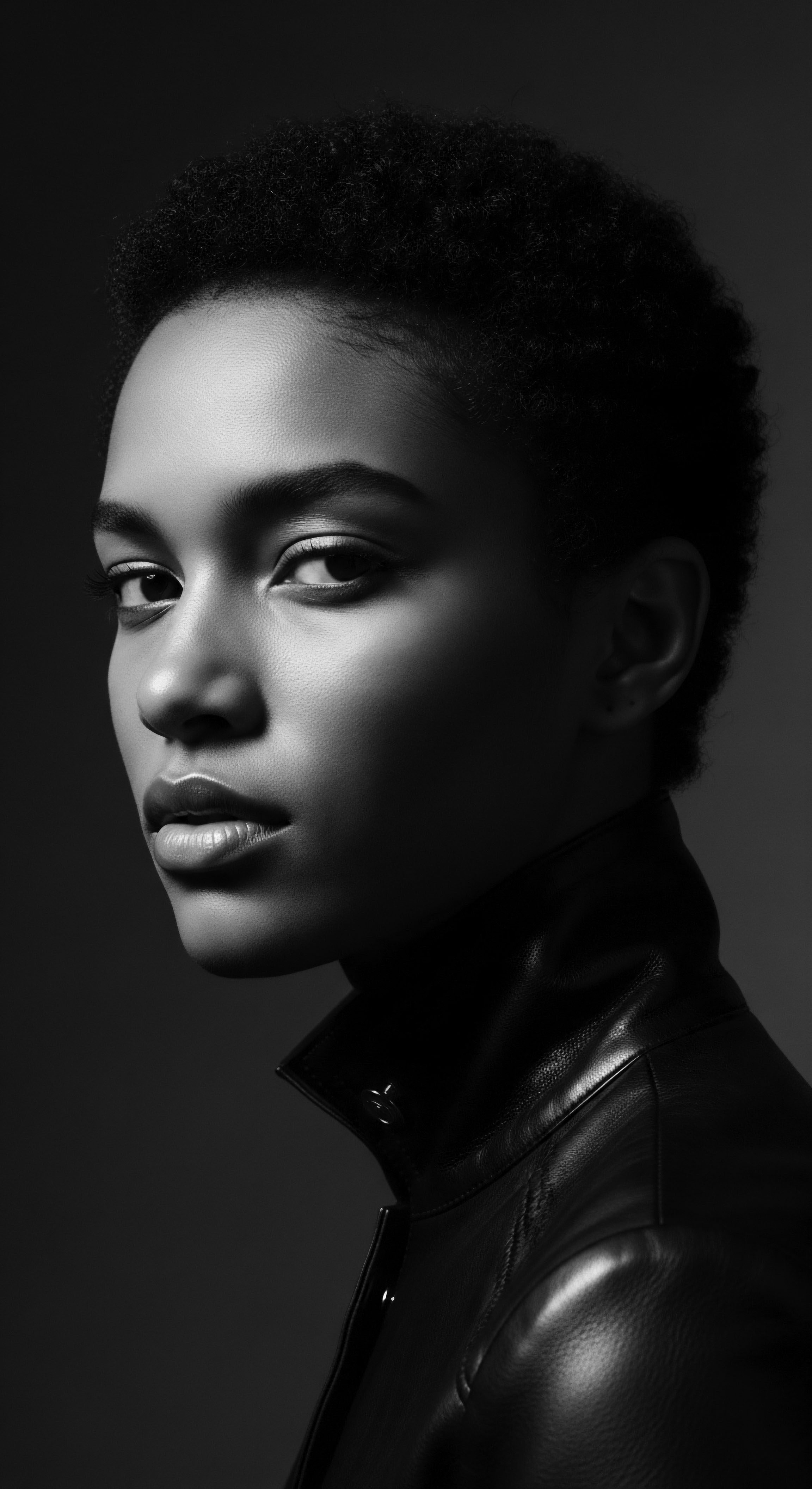
The Role of Plant Extracts in Conditioning Hair?
Beyond the fats and oils, the botanical world offered a diverse palette of extracts, infusions, and powders that added layers of conditioning and therapeutic benefits. These ingredients, often used as rinses or pastes, complemented the heavier oils by providing humectant properties, attracting moisture to the hair, or offering cleansing benefits that did not strip the hair of its natural oils.
- Aloe Vera (Aloe Barbadensis Miller) ❉ The gel from the aloe vera plant, found across Africa and the Caribbean, served as a powerful humectant, drawing moisture from the air into the hair shaft. Its soothing properties also benefited the scalp, creating a healthy foundation for hair growth and retention. It was often applied directly or mixed with oils.
- Hibiscus (Hibiscus Sabdariffa) ❉ Flowers and leaves of the hibiscus plant, found in many tropical regions, were traditionally used to create rinses that softened hair, improved slip for detangling, and added shine. The mucilage present in hibiscus acts as a natural conditioner, leaving hair feeling smooth and supple.
- Baobab Oil (Adansonia Digitata) ❉ Extracted from the seeds of the majestic baobab tree, this oil, originating from various parts of Africa, is rich in omega fatty acids. It offers deep moisturizing and softening properties, often used to improve hair elasticity and manageability. Its relative lightness compared to shea butter allowed for more frequent application without heavy residue.
Traditional hair care was a deep conversation with the land, drawing sustenance from nature’s bounty.
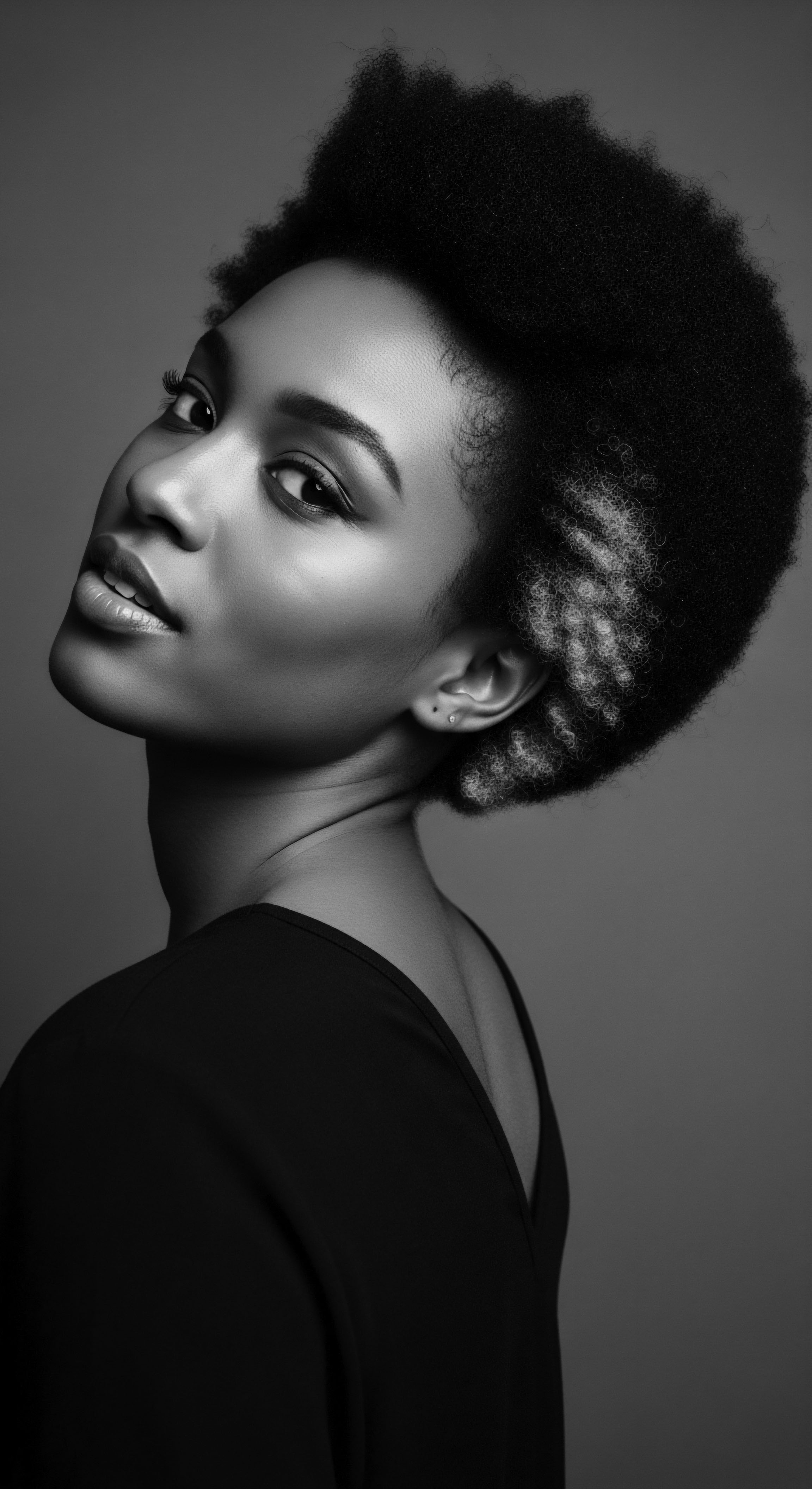
Relay
The legacy of traditional moisturizing ingredients extends far beyond their historical use; it is a living relay, informing contemporary hair care practices and inspiring modern formulations. This continuum speaks to the enduring efficacy of ancestral wisdom, often validated by the very scientific principles unknown to their originators. The journey of these ingredients, from the communal pots of ancient villages to the ingredient lists of today’s laboratories, represents a profound dialogue between past ingenuity and future understanding. It is a testament to resilience, adaptation, and the unwavering commitment to nurturing Afro-textured hair.
The knowledge transfer across generations was a nuanced process, not simply the handing down of recipes. It involved the observation of results, the understanding of climatic influences, and the intuitive connection between diet, holistic well-being, and hair health. This holistic perspective, deeply embedded in traditional approaches, is increasingly recognized as central to modern wellness.

How Did Ancestral Wellness Influence Hair Practices?
The application of moisturizing ingredients was intrinsically tied to a broader philosophy of well-being. For many African and diasporic communities, the body, mind, and spirit were not disparate entities but an interconnected whole. Hair, as a visible and highly symbolic extension of the self, was a mirror of this holistic state. When hair appeared dull or brittle, it was not merely a cosmetic concern; it could signal an internal imbalance or a need for deeper nourishment, both internal and external.
Ancestral wellness advocates often emphasized nutrient-rich diets, adequate hydration, and practices that promoted peace of mind, all of which indirectly contributed to hair vitality. The ingredients chosen for topical application were often those also used in diet or traditional medicine, signifying a profound trust in nature’s offerings. The integration of nourishing butters and oils into hair routines, alongside practices like scalp massage, stimulated circulation and promoted overall hair health, reflecting a comprehensive approach to care. This deep-seated belief system meant that moisturizing hair was not merely about aesthetics; it was a fundamental aspect of self-preservation and alignment with natural rhythms.
A compelling example of this holistic approach is found in the Dogon people of Mali, whose intricate hair braiding traditions often involved the use of shea butter and other local plant oils not just for styling, but as a preventative measure against dryness and breakage, particularly given their semi-arid environment. The application of these ingredients was often accompanied by prayers and blessings, linking physical care to spiritual well-being. This intertwining of physical practice with spiritual and communal dimensions underscores the depth of traditional hair care. (Griaule, 1948)
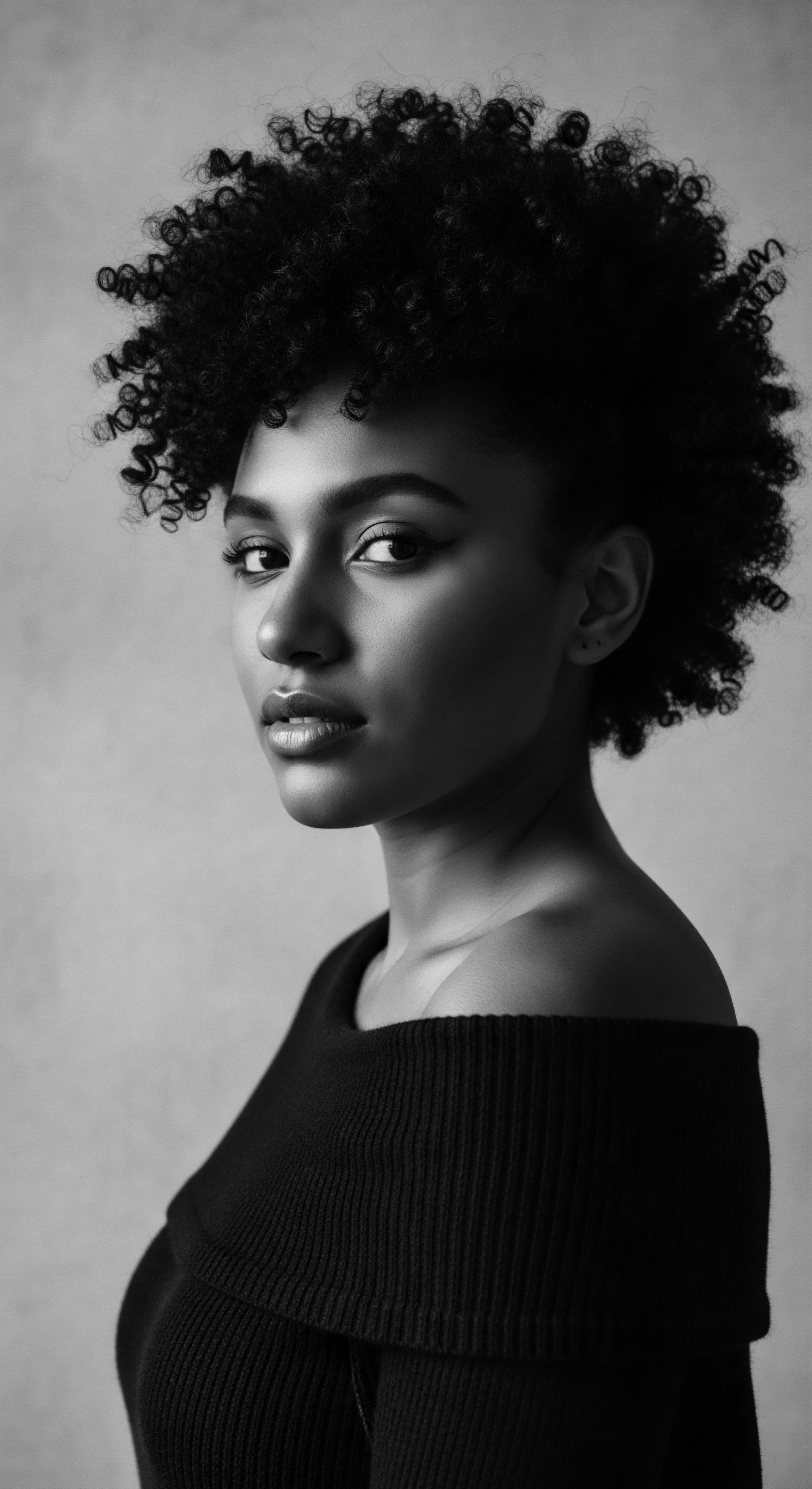
Comparing Historical and Modern Moisturizing Approaches?
While the core purpose of moisturizing Afro-textured hair remains consistent – to prevent dryness and breakage – the modern era brings new scientific understanding and technological advancements. Yet, the foundational wisdom of traditional ingredients continues to hold sway, forming the basis for many contemporary products.
| Aspect of Practice Primary Moisturizers |
| Traditional Approach (Heritage) Raw shea butter, palm kernel oil, coconut oil, plant infusions |
| Modern Approach (Innovation & Heritage) Refined butters/oils, humectants (glycerin, hyaluronic acid), emollients (silicones), protein treatments |
| Aspect of Practice Application Context |
| Traditional Approach (Heritage) Communal rituals, daily family care, pre-styling for protection |
| Modern Approach (Innovation & Heritage) Individual routines, product layering (LOC/LCO method), pre-poo, deep conditioning |
| Aspect of Practice Understanding Moisture Retention |
| Traditional Approach (Heritage) Experiential knowledge of occlusive barriers and softening |
| Modern Approach (Innovation & Heritage) Scientific understanding of lipid barriers, humectancy, protein binding, cuticle scales |
| Aspect of Practice Scalp Health Integration |
| Traditional Approach (Heritage) Herbal rinses, stimulating oils, scalp massage for circulation |
| Modern Approach (Innovation & Heritage) Targeted scalp treatments, microbiome research, anti-inflammatory agents |
| Aspect of Practice The enduring effectiveness of traditional ingredients guides today's sophisticated care regimens. |
The traditional knowledge of ingredient potency and application methods laid the groundwork for contemporary practices like the LOC method (Liquid, Oil, Cream) or LCO method (Liquid, Cream, Oil). These modern layering techniques essentially mimic the ancestral wisdom of first hydrating the hair with water or a water-based product, then sealing that moisture with an oil or butter. The very principles are echoed, a beautiful continuity across time.
The wisdom of ancestral care provides the blueprint for much of modern hair moisturizing science.
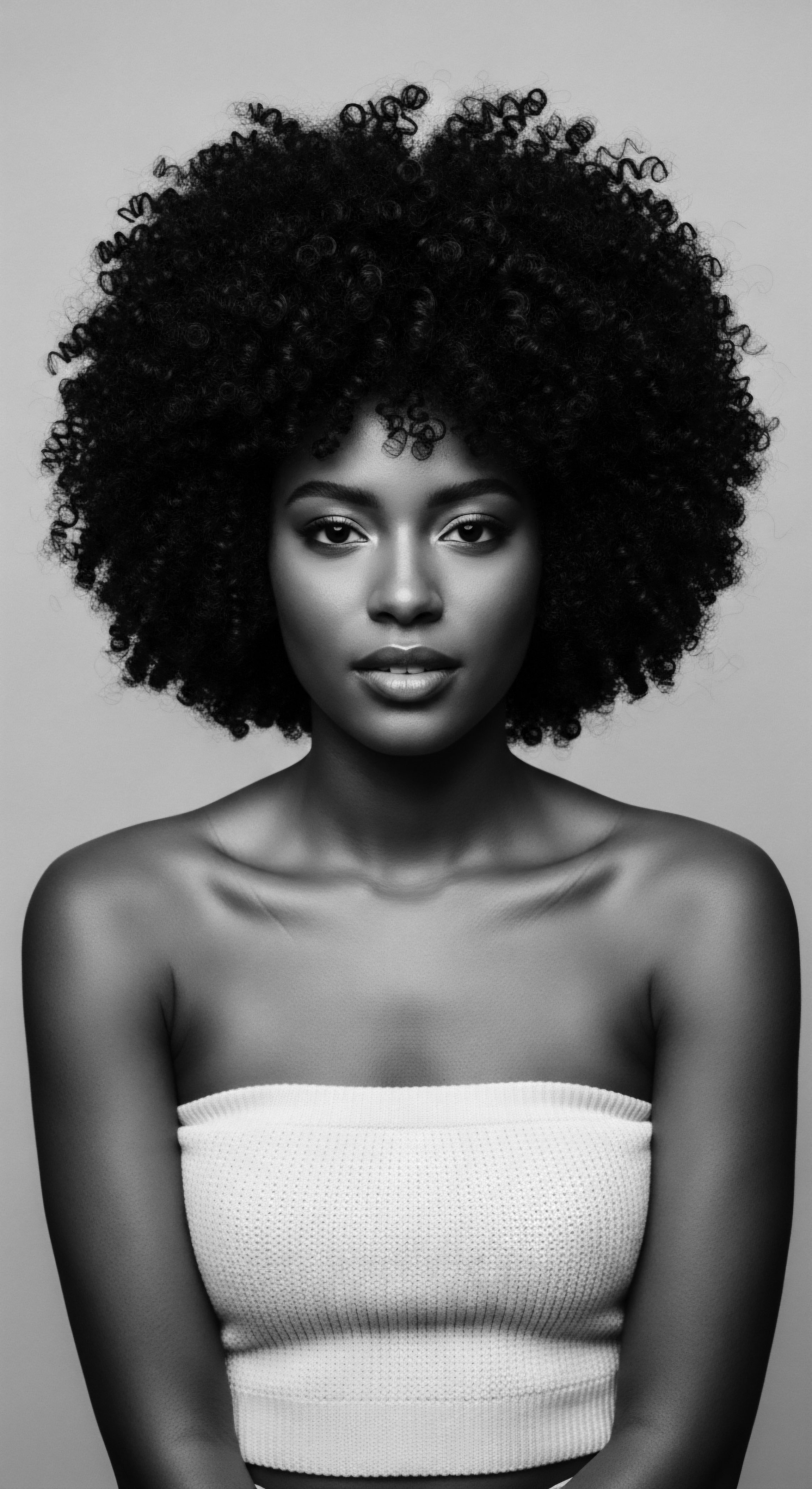
Reflection
The journey through the traditional ingredients used to moisturize Afro-textured hair is a passage not only through botanical lore but through the very soul of a strand. Each butter, each oil, each infused leaf carries within it the whisper of hands that nurtured, communities that shared, and a heritage that persevered. This exploration is a testament to the profound relationship between people and their hair, a connection that transcends mere aesthetics and touches the depths of identity, resilience, and ancestral pride. The traditions of care, born from intimate knowledge of both the natural world and the unique characteristics of Afro-textured hair, represent a living archive of ingenuity.
As we look upon these historical practices, we are reminded that true wellness is cyclical, drawing strength from the past to illuminate the present and inform the future. The simple act of moisturizing hair, when viewed through the lens of heritage, becomes a potent ritual of self-affirmation, a continuity of ancestral wisdom flowing through our very being. The strand, in its coiled strength, truly holds a universe of stories, a legacy of care, and an enduring promise of vibrant life.
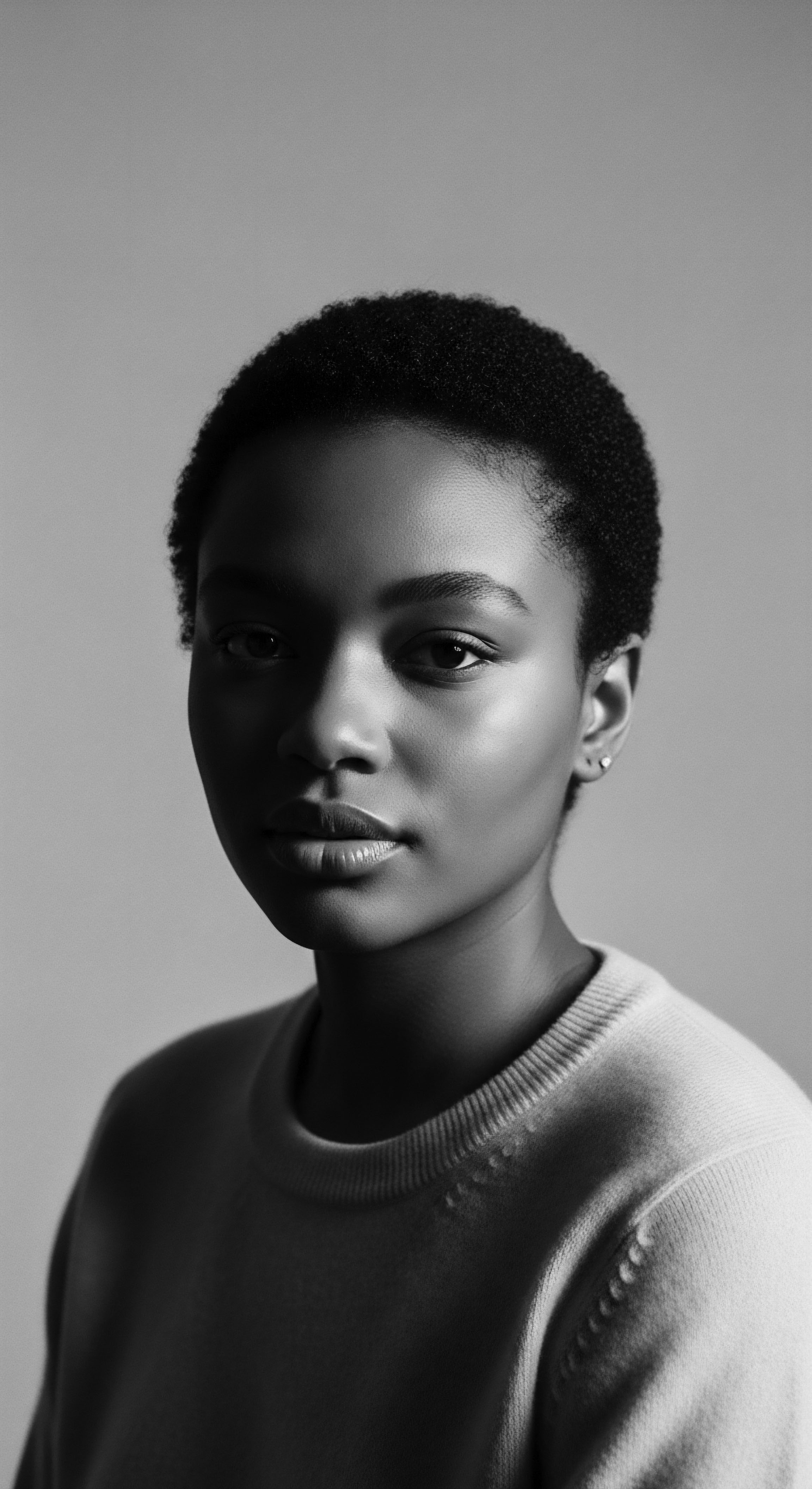
References
- Abou-Chakra, F. (2017). Shea Butter ❉ Composition, Production, and Applications. Nova Science Publishers.
- Griaule, M. (1948). Dieu d’Eau ❉ Entretiens avec Ogotemmêli. Fayard.
- MacCormack, C. P. (1976). Wono ❉ Institutionalized dependency in Mende society. Urban Anthropology, 5(2), 173-189.
- Opoku, P. N. & Akoto, O. (2015). The Chemistry of Medicinal Plants Used in Traditional Medicine in Ghana. LAP Lambert Academic Publishing.
- Shepard, L. A. (2009). The Historical Roots of African American Hair Care. Journal of Black Studies, 39(6), 947-960.
